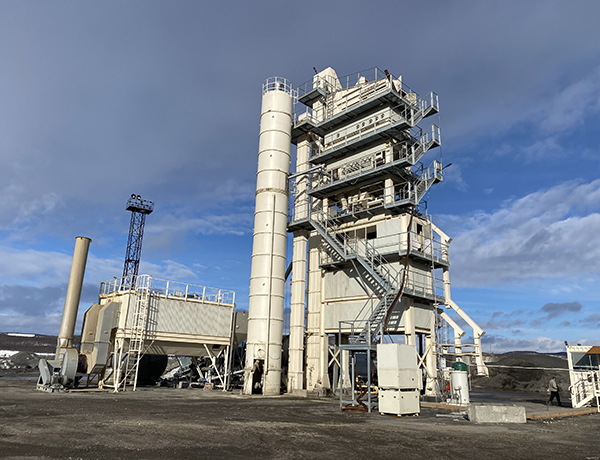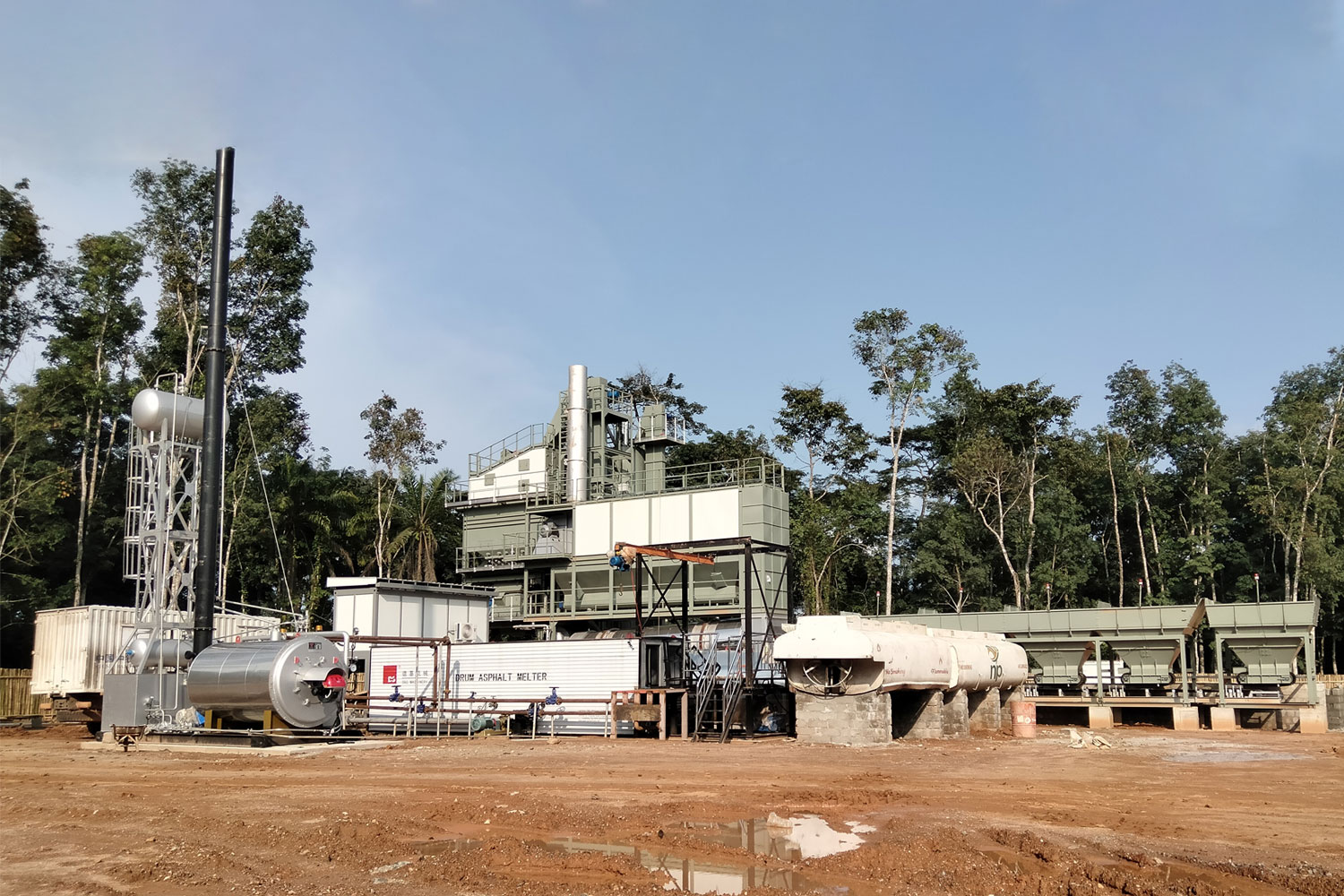Paving plants play a crucial role in the construction and infrastructure development sectors, primarily focusing on the production of asphalt and concrete mixtures essential for paving. These facilities are equipped with advanced technology and machinery designed to ensure high efficiency and superior quality in the material they produce. The primary function of paving plants is to create a consistent and durable mixture that can withstand the wear and tear of vehicular traffic, as well as the harsh effects of weather conditions.
One of the significant aspects of paving plants is their ability to recycle materials. Many modern paving plants incorporate processes that allow for the reuse of reclaimed asphalt pavement (RAP) or recycled concrete aggregate (RCA). This not only helps in reducing waste but also contributes to sustainability efforts within the industry. Furthermore, the integration of cleaner technologies helps in minimizing emissions and the overall environmental impact of paving operations.
In terms of workflow, paving plants usually consist of distinct stages including aggregate storage, heating, mixing, and loading. Each phase is crucial to ensure that the final product meets the strict quality control standards required for paving projects. At the mixing stage, different components such as binders and additives are carefully measured and combined to achieve desired performance characteristics.
Moreover, the location of paving plants is strategically chosen to facilitate easy access to raw materials and to mitigate transportation costs. Being situated near large construction projects or urban centers allows for timely delivery of paving materials, significantly speeding up project timelines.
Overall, paving plants are an integral component of modern infrastructure development, demonstrating innovation in production processes and commitment to sustainability while delivering essential materials that support the construction of roads, highways, and other paved surfaces. Their evolution continues to shape how communities build and maintain their transportation networks.
Content Disclaimer
The content provided on this website is for informational purposes only. Some of the information, articles, images, and other materials available on this site may be sourced from third-party websites and public domain resources. While we make every effort to ensure the accuracy and reliability of the information, we do not take responsibility for the content provided by external sources.




